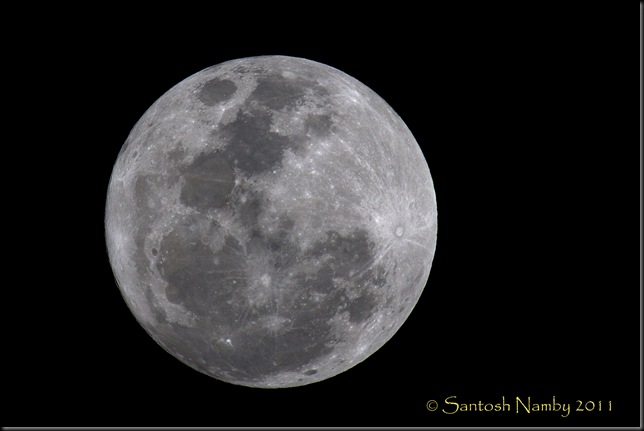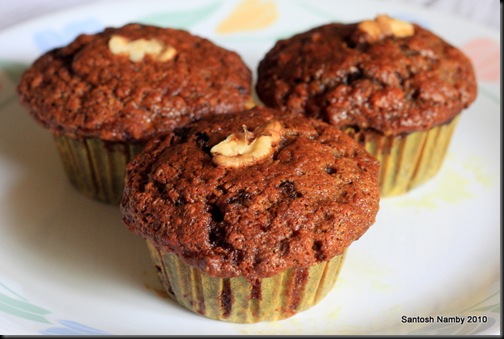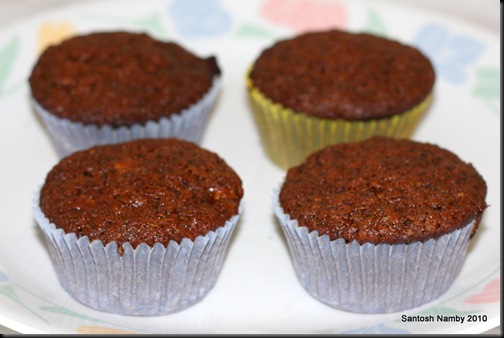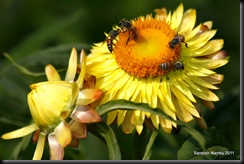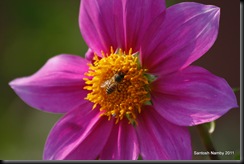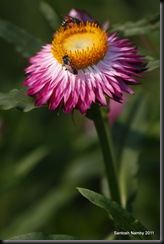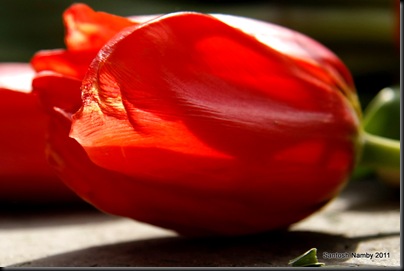 It was a poignant morning when the friends of Photosensitive as well as students of the current basic Photography course, visited the Wholesale Flower Market opposite the Hanuman Mandir, at Connaught Place in Delhi. After coming here for several years to try and capture a piece of this vibrant soul (this is also a part of the outdoor schedule of the basic photography class of Photosensitive), we heard, through one of our friends that the Phool Mandi was to be shifted out of CP to Ghazipur, near the Delhi – UP border.
It was a poignant morning when the friends of Photosensitive as well as students of the current basic Photography course, visited the Wholesale Flower Market opposite the Hanuman Mandir, at Connaught Place in Delhi. After coming here for several years to try and capture a piece of this vibrant soul (this is also a part of the outdoor schedule of the basic photography class of Photosensitive), we heard, through one of our friends that the Phool Mandi was to be shifted out of CP to Ghazipur, near the Delhi – UP border.
The 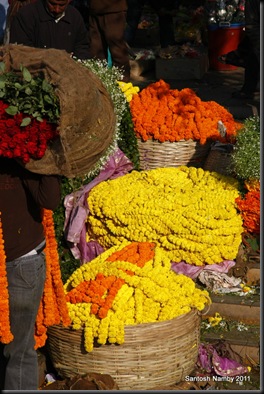 space around Coffee Home opposite Hanuman Mandir at Connaught Place, in Delhi hosts what is arguably the largest flower market in Asia, with majority being cut flowers and a small percentage of marigold travelling up from Kolkata. (Cut flowers are typically used as 'vase-decoration' flowers -- gladioli, tulips, roses, carnations, gerberas, etc. Marigold and Rose petals are used for pooja and other ceremonial purposes). There are two other flower markets in the capital – one at Fatehpuri in Chandni Chowk, which specializes in puja flowers and the other at Mehrauli, where one primarily finds marigold with only a small percent of the total flowers being cut flowers.
space around Coffee Home opposite Hanuman Mandir at Connaught Place, in Delhi hosts what is arguably the largest flower market in Asia, with majority being cut flowers and a small percentage of marigold travelling up from Kolkata. (Cut flowers are typically used as 'vase-decoration' flowers -- gladioli, tulips, roses, carnations, gerberas, etc. Marigold and Rose petals are used for pooja and other ceremonial purposes). There are two other flower markets in the capital – one at Fatehpuri in Chandni Chowk, which specializes in puja flowers and the other at Mehrauli, where one primarily finds marigold with only a small percent of the total flowers being cut flowers.
The Phool Mandi is also called Birju Phool Mandi, after Birju Bhai a flower wholesaler, brought together a few other flower wholesalers and started the mandi in 1995. They started an association called ‘CUT FLOWER GROWER & SUPPLIER ASSOCIATION’ and applied to the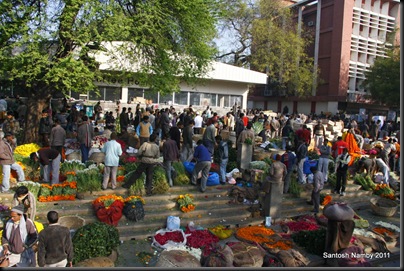 Delhi government for recognition. In 1999, Delhi government notified for this business and declared the Mehruali flower market as the main Mandi, with the Fatahpuri and Connaught Place Mandi’s being called Sub-yards .
Delhi government for recognition. In 1999, Delhi government notified for this business and declared the Mehruali flower market as the main Mandi, with the Fatahpuri and Connaught Place Mandi’s being called Sub-yards .
Delhi may have the maximum ‘flower traffic’ in Asia. 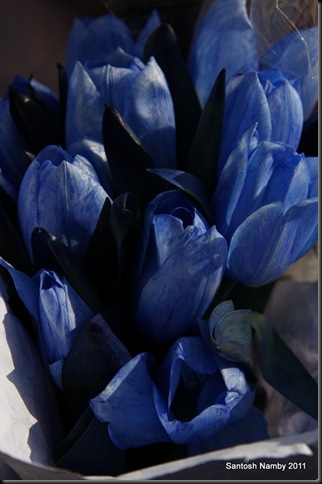 The city is the convergence point of dealers in flowers. Traders in most cities have contacts with dealers in Delhi and not with dealers in cities where the flowers actually originate. For instance, flowers from distant Bangalore arrive in Delhi and are then transported to Bhopal. Orchids are imported from Thailand and then exported to Singapore. Despite the growth and sale of flowers having spread over most of the country, India's annual flower production stands at around 1,000 tonnes and the country's floriculture industry has a miniscule 0.01 per cent share in the international market.
The city is the convergence point of dealers in flowers. Traders in most cities have contacts with dealers in Delhi and not with dealers in cities where the flowers actually originate. For instance, flowers from distant Bangalore arrive in Delhi and are then transported to Bhopal. Orchids are imported from Thailand and then exported to Singapore. Despite the growth and sale of flowers having spread over most of the country, India's annual flower production stands at around 1,000 tonnes and the country's floriculture industry has a miniscule 0.01 per cent share in the international market.
Quite a few flower varieties come from Pune and Bangalore - two cities, which boast of the maximum number of greenhouses mainly because of their ideally temperate climes. These include the ubiquitous rose, carnations, and birds of paradise. Lucky bamboos, like Orchids are imported from Thailand. The merry marigold comes from Kolkata. 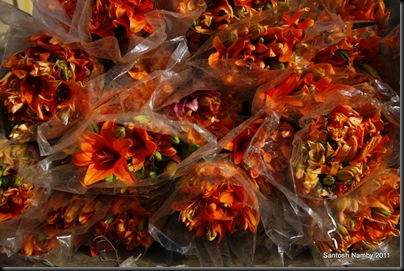 Gladioli converge at Delhi from all over the country, while Bangalore and Thailand again are hometown for lilies. Rajnigandhas originate in Muzaffarnagar while tulips abound in the hills of Shimla and Kullu.
Gladioli converge at Delhi from all over the country, while Bangalore and Thailand again are hometown for lilies. Rajnigandhas originate in Muzaffarnagar while tulips abound in the hills of Shimla and Kullu.
And what does Delhi have to offer, you wonder, other than population and pollution? Yet, flower sellers all over India are dependant on Delhi’s location and networks with other cities and countries for selling their flowers. The problems faced by flower sellers in Delhi are typically faced by those in the business all over India. In fact, growers in remote areas have even more pronounced problems of transportation, packaging and storage as these services are even less developed in rural areas.
Delhi is the silent hub  of the nation’s enormous flower traffic. The flowers moving in and out of Delhi in all directions of the globe are as diverse as the various stages of handling they pass through. However, while roses from Pune decorate coffee tables in a plush German café, the perennial struggle of flower growers, suppliers and distributors never make it to the notice of the people who matter.
of the nation’s enormous flower traffic. The flowers moving in and out of Delhi in all directions of the globe are as diverse as the various stages of handling they pass through. However, while roses from Pune decorate coffee tables in a plush German café, the perennial struggle of flower growers, suppliers and distributors never make it to the notice of the people who matter.
Recently however, the Government of Delhi, has taken the decision to relocate these flower markets, to one singular flower market in Ghazipur. The contention of the Government is that the flower sellers need to be provided a proper place to sell flowers from, that is permanent and weather proof. While this decision might regularise the whole industry, it would affect the marginal flower sellers. Such a decision would also remove important cultural icons from the city and this is something that is distressing for all of us who were so attached to the old style phool mandi’s at CP and elsewhere....
Most of the information given above has been taken from two sites, and the links are given below
http://www.indiatogether.org/2004/nov/eco-flower.htm
http://www.birjuphoolmandi.com/index3.php
and I sincerely thank them for the information provided.
del.icio.us Tags:
Poignant,
morning,
Photosensitive,
Photography,
Wholesale,
Flower,
Market,
Hanuman,
Mandir,
Connaught,
Place,
vibrant,
soul,
outdoor,
Phool,
Mandi,
Ghazipur,
Coffee,
Home,
largest,
flower,
market,
Asia,
marigold,
Kolkata,
vase,
decoration,
gladioli,
tulips,
roses,
carnations,
gerberas,
Fatehpuri,
Chandni,
Chowk,
Mehrauli,
Birju,
Bhai,
wholesaler,
‘CUT FLOWER GROWER & SUPPLIER ASSOCIATION’,
‘flower traffic’,
dealers,
Traders,
Bangalore,
Bhopal,
Orchids,
imported,
Thailand,
exported,
Singapore,
floriculture,
Pune,
greenhouses,
temperate,
‘birds of paradise’,
‘Lucky bamboos’,
rajnigandhas,
Muzaffarnagar,
Shimla,
Kullu,
transportation,
packaging,
storage
